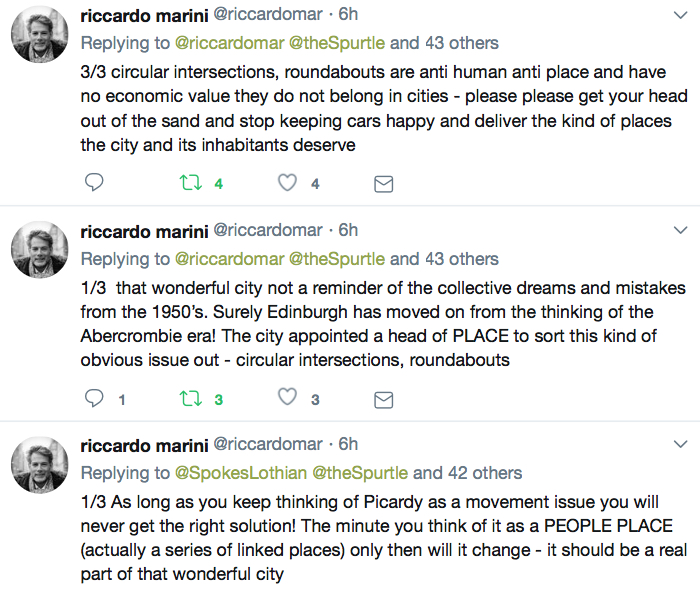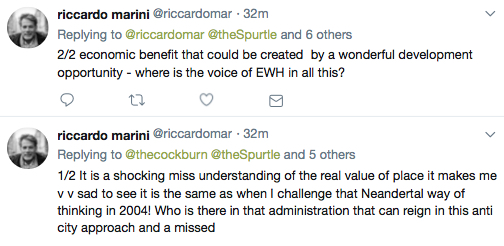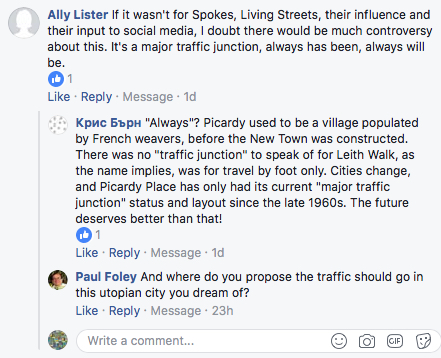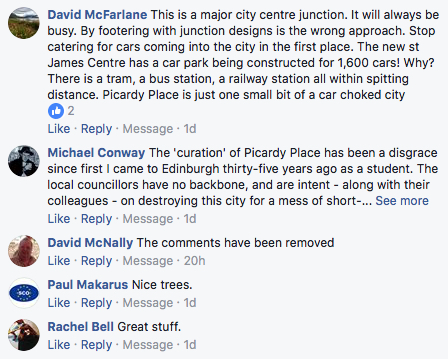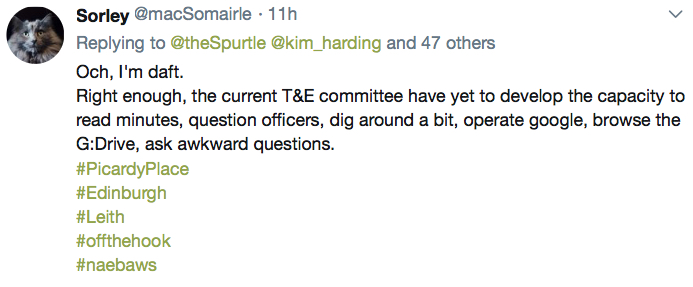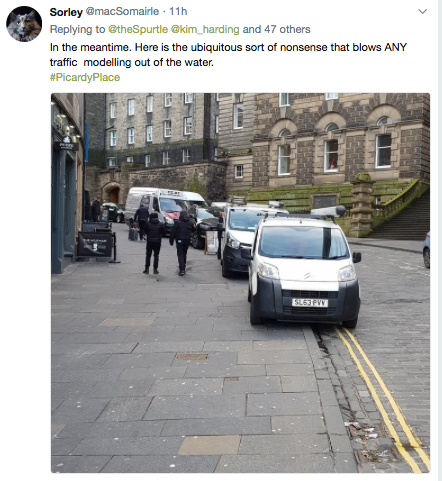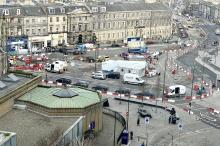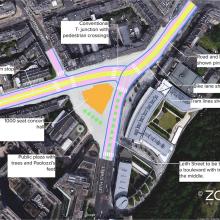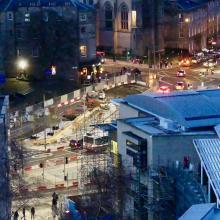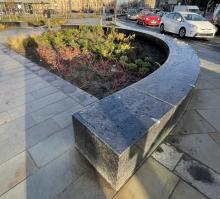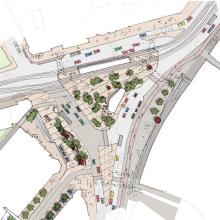
Proposals for a new gyratory on Picardy Place were approved at a meeting of the Transport & Environment Committee this morning. Councillors voted in favour by 9 votes to 2, with only the Scottish Greens against.
What follows is an impressionistic summary of the main points. For local-government enthusiasts whose Netflix subscriptions have run out, the whole meeting is available to enjoy here for free.
Deputations
There were lucid and serious-minded deputations from the Picardy Place Joint Campaign, Spokes, and St Mary’s Roman Catholic Cathedral. The first two repeated positions we covered here yesterday. They made their points clearly, and successfully outmanoeuvred those councillors’ questions aimed at boxing them in.
Representatives from St Mary’s welcomed the latest plan’s improved access arrangements, although they still hoped for more dedicated disabled spaces along a widened Little King Street. They were keen that the purpose and uses of the cathedral should be respected, and that its dignified setting be retained.
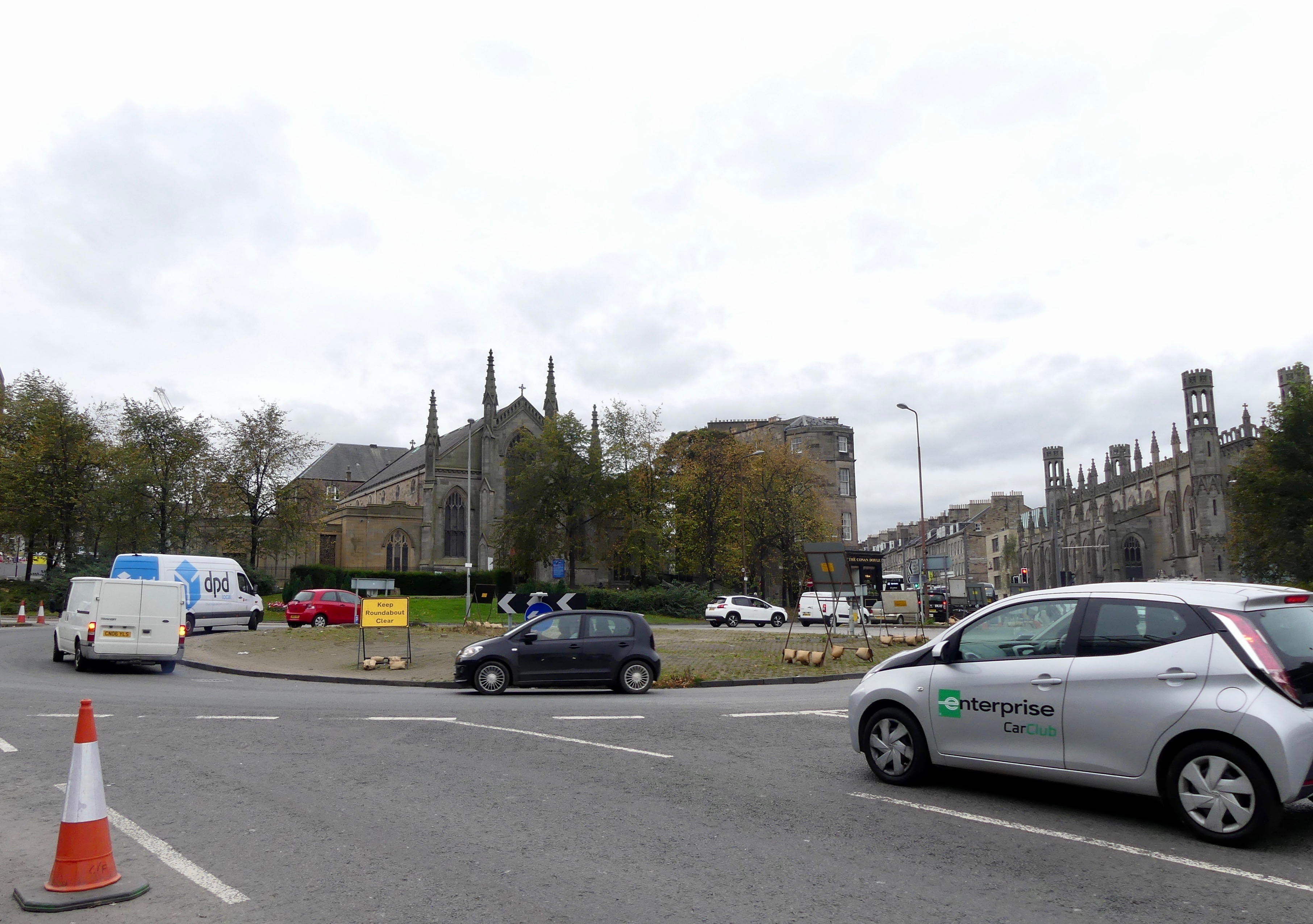
Jo with the flow
Cllr Joanna Mowat spoke at length in favour of the proposals, which she said had been significantly improved in their latest iteration. She wanted no further delays.
She described today’s roundabout as ‘appalling’, and said the gyratory would be better for cyclists and an acceptable compromise for pedestrians. Picardy Place is first and foremost a junction, and restricting traffic here would lead to its unacceptable dispersal through nearby residential areas. [The elephant in the room wore red trousers.]
Mowat called for traffic reduction measures to be introduced in the light of City Centre Transformation conclusions at a later stage, although she did back fellow city-centre councillor Claire Miller’s call for prompt restriction of HGVs along Broughton Street Lane. She hoped an alternative would be found to banning left-turns from York Place into Broughton Street.
Answering Cllr Booth’s question about how she would improve novice cyclists’ sense of safety, she wobbled briefly. She spoke of extending the cycleway up Leith Street and using alternative routes through the new St James Quarter. Not including the Report itself, hers was the only cogent defence of the latest gyratory plan Spurtle has encountered.
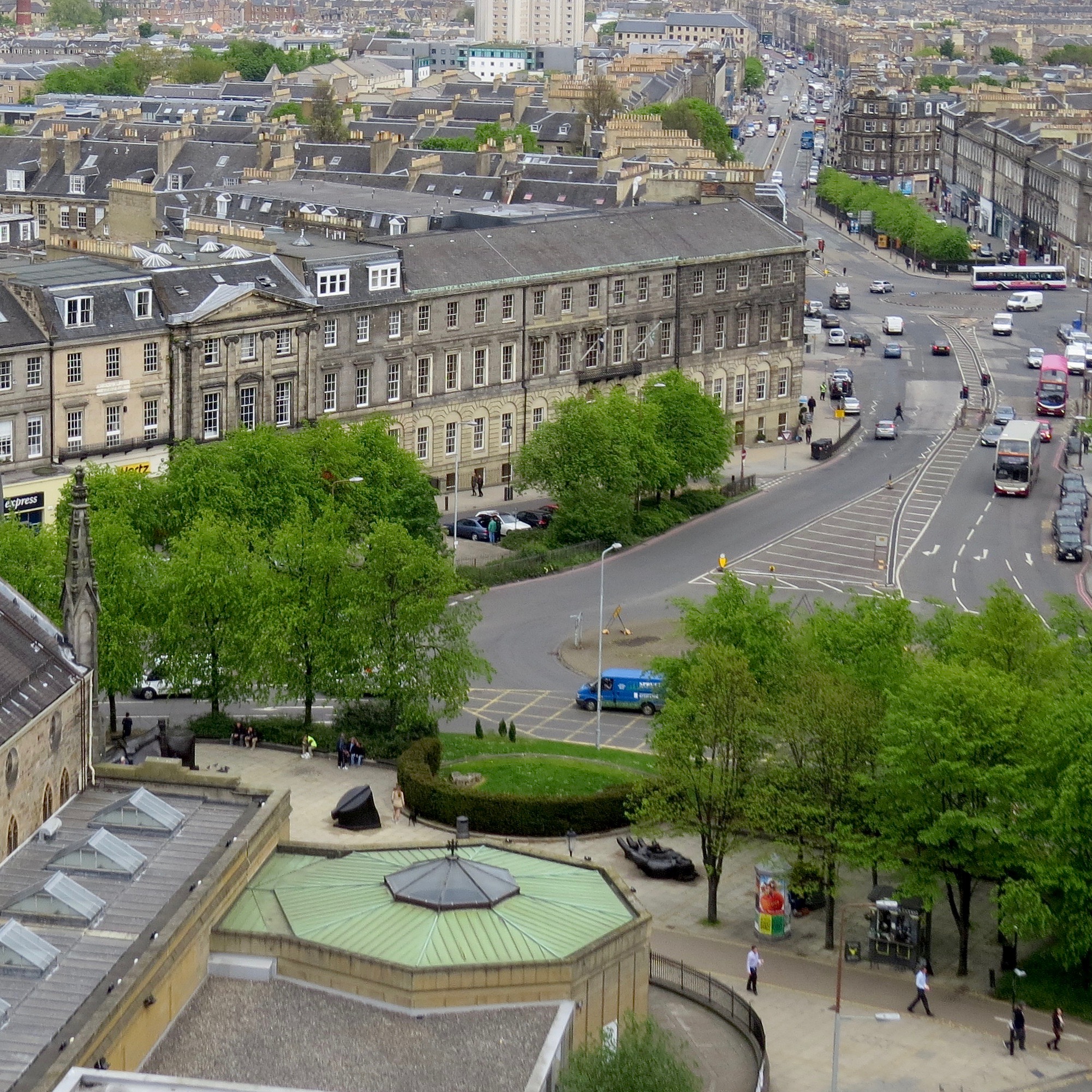
Director of Place
Paul Lawrence, the Council’s Director of Place, denied that the Growth Accelerator Model was ‘shrouded in mystery’. It is a simple contract between Scottish Government, developers, and the Council. He did not explain why the terms of the unmysterious contract are inaccessible to the public.
Some of what he went on to say we have heard before and will not repeat. It was a genuine effort, he said, to compromise fairly between competing interests. Where possible, he and fellow Council officers were very keen to resolve outstanding issues and make new refinements through consultation with active-travel lobbyists, community councils, and elected members.
Cllr Bridges asked Lawrence whether, since it aims to facilitate traffic flow, the gyratory runs against Council objectives to reduce traffic. Lawrence replied that published targets for traffic reduction reflect citywide average reductions, not targets for specific places. Traffic reduction measures would emerge later from the City Transformation project, and the Picardy Place design is flexible enough to accommodate some of these as and when necessary. [Spurtle’s not sure how he did it here, but one minute Lawrence seemed to be holding an empty hat and the next he was pulling a white rabbit out of it.]
Lawrence shared Cllr Key’s dissatisfaction with the curtailment of the cycleway up Leith Street at Calton Road. However, there were extremely difficult technical challenges about resolving this along the lines suggested by Spokes. He and officials would look again for a solution.
Transport Convener Cllr Lesley Macinnes noted Lothian Buses’ close involvement in the consultation process, and support for the design which had emerged. She asked Lawrence whether officials had received any feedback from bus users. Lawrence confirmed that Lothian Buses had been a ‘key partner in the dialogue’, went on to talk about the importance of efficiency and avoiding congestion. We didn’t hear him mention bus-users’ opinions.
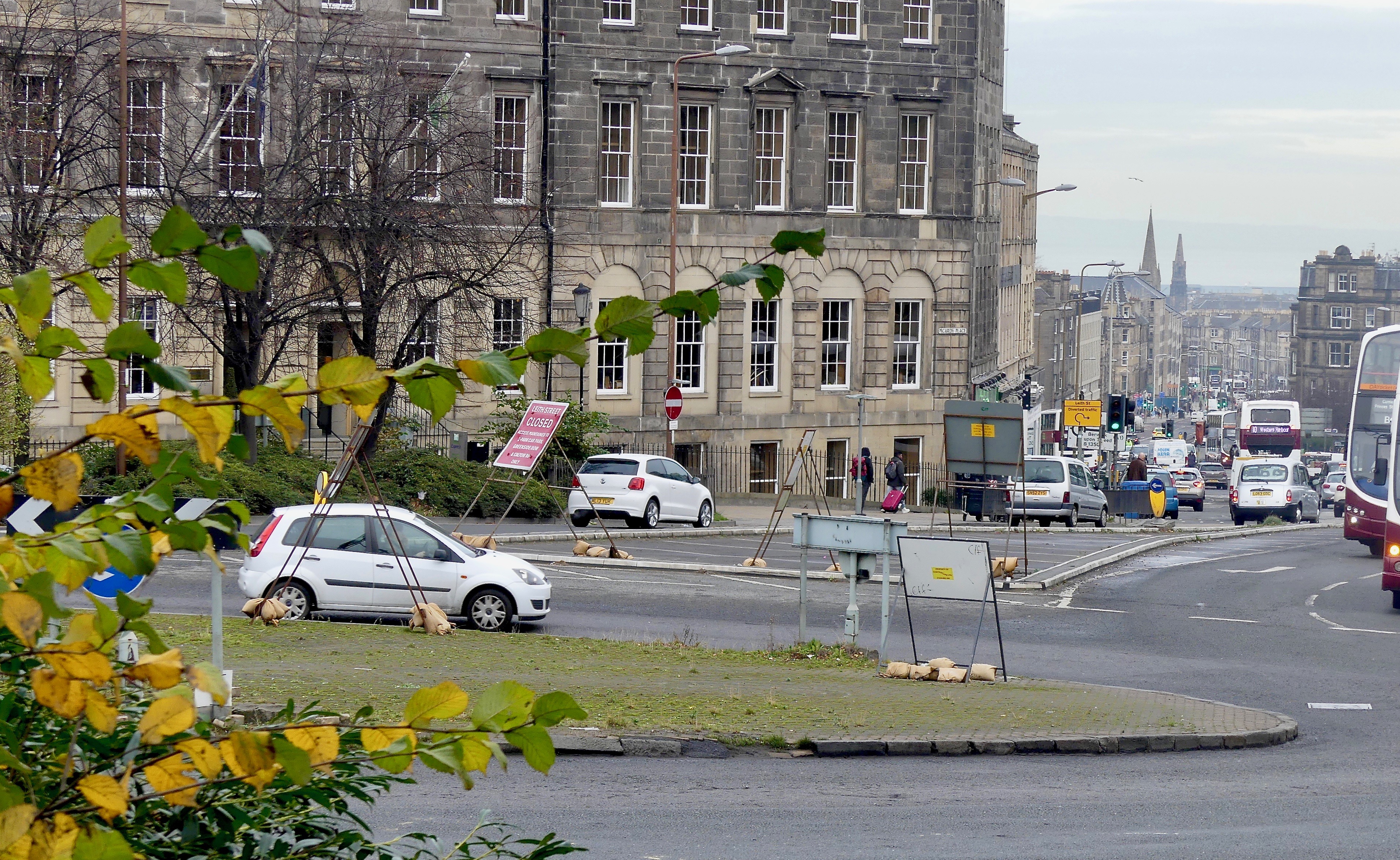
Man with slides
There followed a brief presentation on place-making. Spurtle didn’t catch the name or job title of the speaker,* and couldn’t make much sense of his statements without seeing the slides he was showing. Whoever he was, he was in favour of ‘legibility’, a public-space-enhancing pavilion, a ‘building elevation to building elevation’ approach, maintenance of views, a place for sculpture, and a ‘design language’ that would suggest future reclaiming of the traffic lanes in front of St Mary’s Cathedral.
Most councillors seemed to enjoy all this inspirational stuff, some of which we think comprised artist impressions of a future Picardy Place presented with only minutes left before moving to a vote.
Green amendment
As the meeting moved towards its conclusion, Cllr Booth proposed the Scottish Greens’ amendment. They are opposed to the principle of a gyratory which, they assert, prioritises traffic management over placemaking and runs counter to the Council’s ‘Transport 2030 Vision’ and ‘Local Transport Strategy’. They called for a renegotiation of the GAM deal, despite significant cost implications. Booth said most people opposed the gyratory, and public engagement had been rushed and tardy. There were serious questions to be asked about democratic oversight by the Council’s Legal, Risk and Compliance Committee.
Cllr Burgess seconded the amendment, and supported Spokes’s call for restrictions on traffic in Leith Street. Further work on the proposals was still needed.
Councillors did not accept the amendment, variously describing the Greens’ arguments as: mistaken, unrealistic, and unfair to residents in Abbeyhill (Cllrs Douglas, Bruce, Barrie); and full of ‘idealistic thinking and buzzwords’ (Cllr Cook). Cllr Child said Picardy Place would be a pleasanter place under the proposals, and its principle purpose as a through-route would be improved.
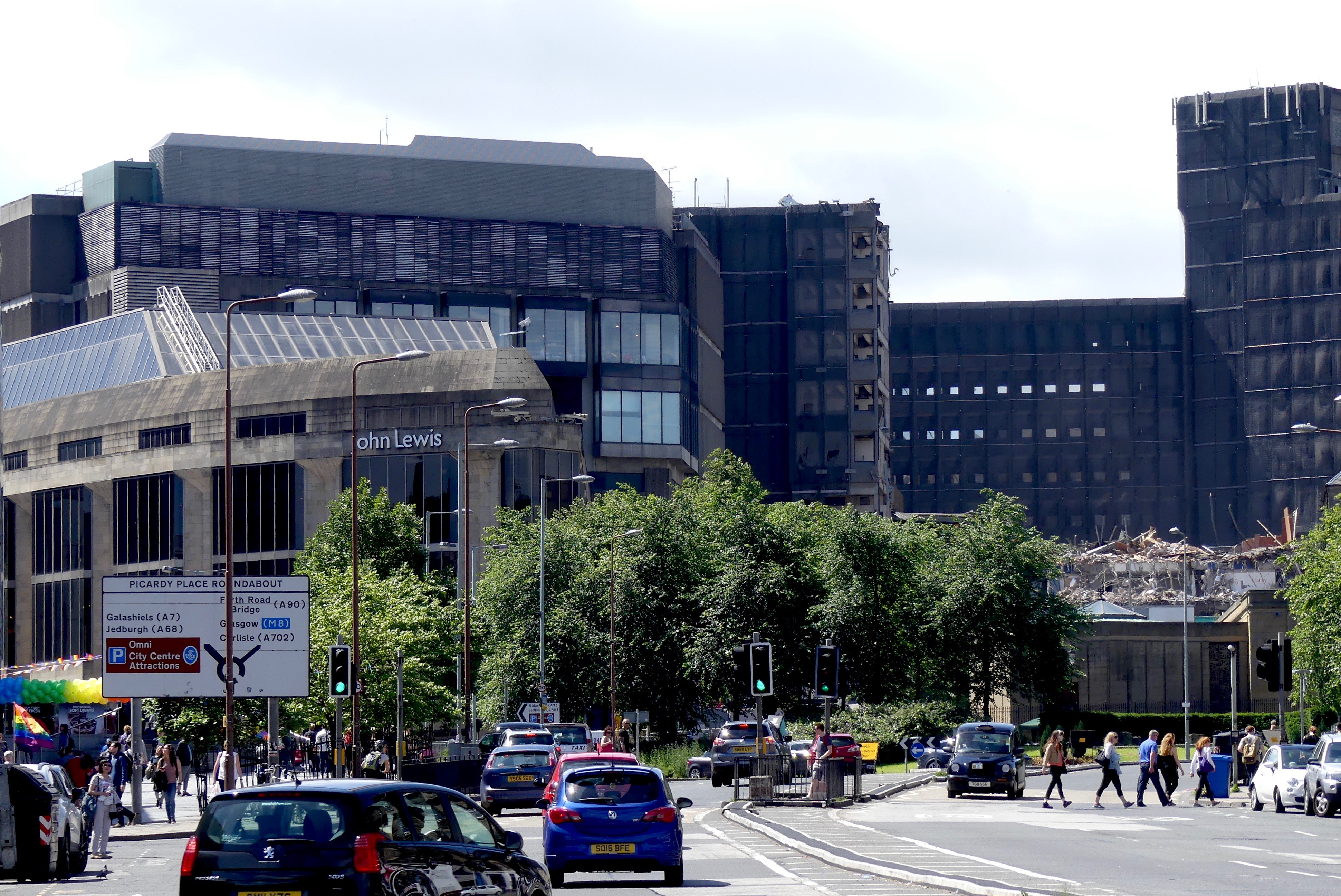
Organic
Finally, Cllr Macinnes again thanked officials for their industry. She described having striven to make the process as open and transparent as possible, but was realistic about the need for pragmatism and compromise. She disagreed with Living Streets’s contention that Picardy Place would be worse for pedestrians under the proposals, and looked forward to the City Centre Transformation process coming to fruition in the foreseeable future. It would, she asserted, consider Picardy Place as part of ‘a much bigger process’, one that treats Edinburgh as ‘an organic hole’. On second thoughts, she probably said ‘whole’.
* Subsequently informed he was landscape architect Ben Palmer from OPEN (Optimised Environments).
Got a view? Tell us at spurtle@hotmail.co.uk or @theSpurtle or Facebook
-------------
